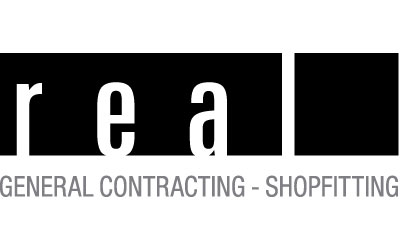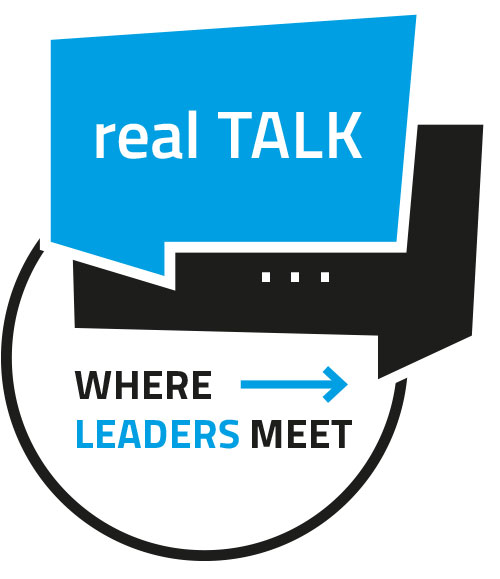Terms like work-life balance or new work are on everyone’s lips, but what exactly is this work-life blending supposed to be? It’s a construct, a kind of fusion of work and leisure, but different from all the other approaches.
Work-life blending means the merging of working hours and leisure activities. Private life and work enter into a close relationship. And that can look like this: You take care of the day’s e-mails in the morning at breakfast, then do the housework and take the kids to school. The next few hours are spent meeting colleagues in the cloud and working on new projects, only to switch back to lunch and plan the afternoon together with the children. Between dropping off the kids at their hobbies and friends, you can quickly squeeze in a business call, and after dinner at the latest, the rest of the day belongs to work again until it’s time to go to sleep. A typical day of work-life blending would look something like this.
Work-life blending offers many advantages
The advantages of this are, of course, obvious. Employees would be able to stop missing important appointments in their personal lives and see their family and friends more often. All they would have to do is juggle the day and jump around between all the demands to get everything done, too. For the boss, the construct primarily means relatively free availability of the employee. The employee no longer sits in an office at fixed times; thanks to work-life blending, it is much easier to reach him directly via the Internet or telephone whenever he is needed and there is a fire somewhere.
Technological developments help work-life blending get off the ground
The decisive factor in the general development of the work-life blending trend is information technology networking. Laptops, smartphones and special programs have created a solid structure in recent years that makes it possible to work completely flexibly in classic “office jobs. Thanks to clouds, employees can work together on projects in real time from anywhere in the world. It makes no difference where an employee is or when they work, as long as they complete their work at set times. Of course, the boss has to schedule them accordingly and calculate them differently. Setting goals is the motto instead of defining fixed times. In this way, colleagues achieve the completion of projects together and can benefit from flexible exchange along the way.
Where work-life blending reaches its limits
Where profit ends, problems begin. Work-life blending not only has advantages, it also attracts critics. Basically, it requires the employee to be constantly ready to “squeeze in a little work”. The boundaries between work and private life blend into one another to such an extent that it leads to severe stress and it is never possible to switch off from work. Experts criticize in this context that work is humanized because it takes on the same status as the family and simply always places an expectation on the worker. Namely, to be done, even if only in between lunch and family activities, between shower and sleep. The goal for the supervisor is therefore not simply to relieve the burden on the employee by making the work itself more flexible, but rather the urge to maximize profits through constant availability and thus a kind of exploitative role.
Choosing the middle ground in work-life blending
The two probably meet somewhere in the middle, because even today there are many work models against the backdrop of work-life blending that definitely work, but within certain strictly defined limits for both sides. For example, working hours and content must be at least roughly outlined. At some point in the afternoon, flexible availability must come to an end, and then free time can take over completely and private life can move in. In addition, employees must not be overburdened; recording working hours virtually is an opportunity to circumvent this problem. Then it will also work out with a good blending of work and private life to the benefit of both the company and the employees.
Image copyright: Ivan Samkov




